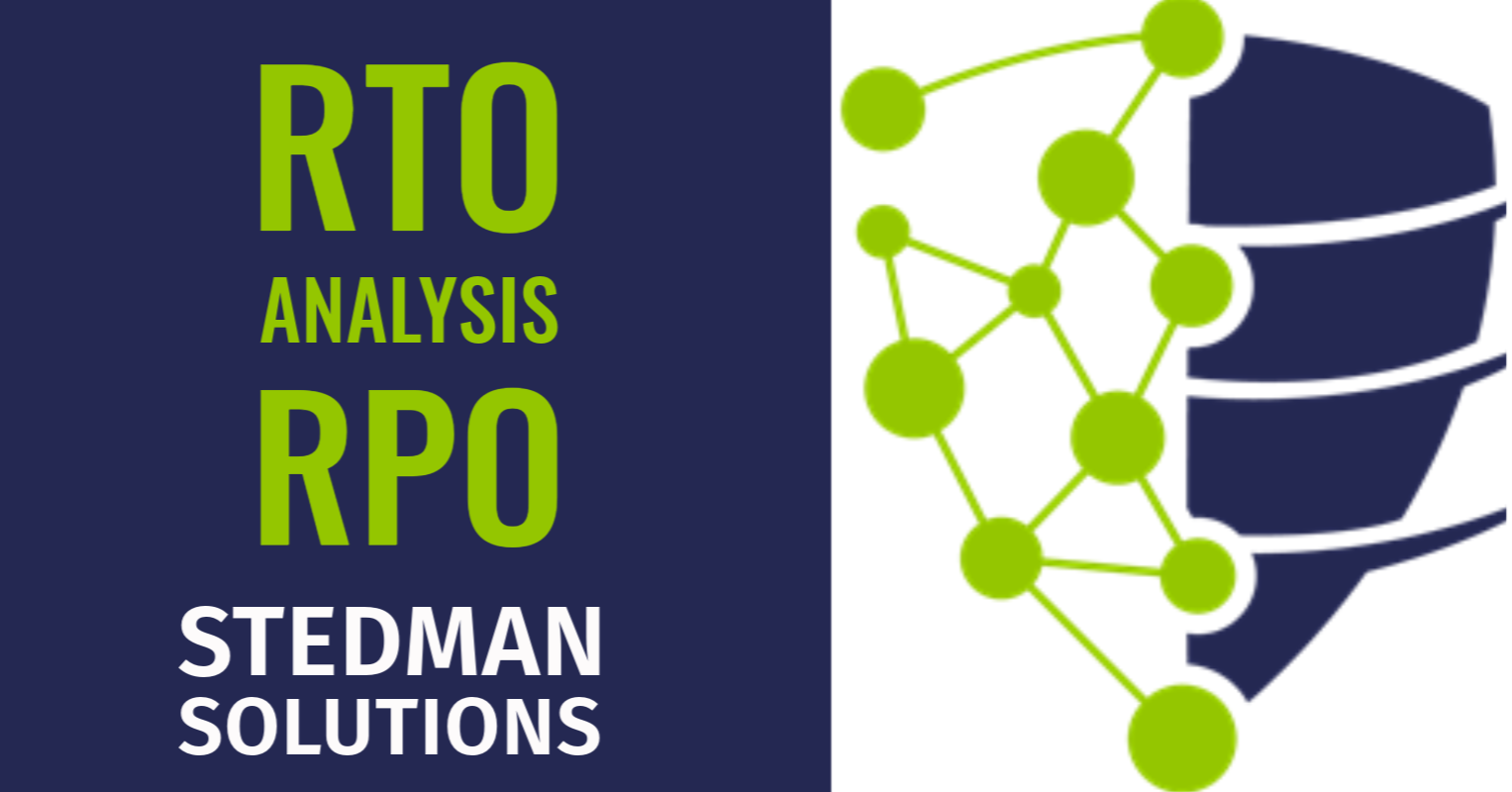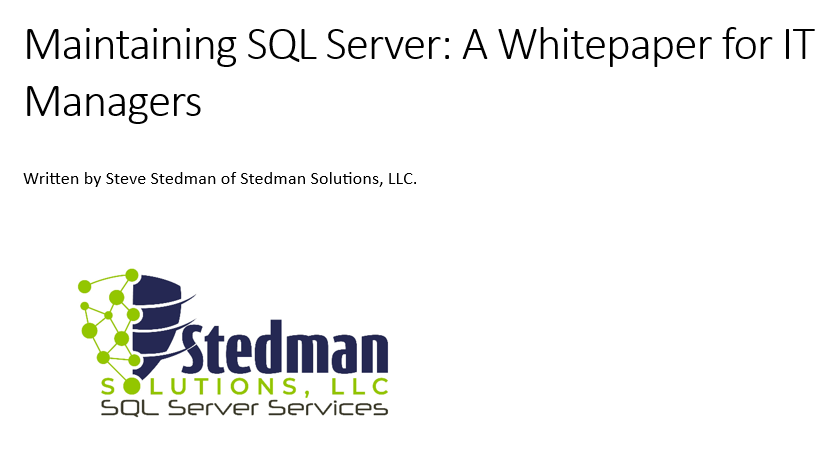Optimizing Your Backup Strategy: Understanding RTO and RPO
In the intricate landscape of data management and disaster recovery, the concepts of Recovery Time Objective (RTO) and Recovery Point Objective (RPO) are pivotal in crafting an effective backup strategy. My extensive experience with SQL Server and a nuanced grasp of data protection principles have illuminated the critical role these metrics play in an organization’s data resilience framework. The objective here is to shed light on RTO and RPO, urging you to reevaluate your backup and disaster recovery plans to ensure they align precisely with your business’s unique needs.
Breaking Down RTO and RPO
Recovery Time Objective (RTO) is defined as the maximum duration your business can endure without access to its data following a disruption. It’s a critical gauge of your operation’s downtime tolerance, essentially posing the question, “How swiftly do we need to restore our data to keep our business running smoothly?”
Recovery Point Objective (RPO), conversely, specifies the oldest snapshot of data that you can use to restart normal business operations without incurring significant losses. It tackles the crucial question, “What is the maximum amount of data loss our business can tolerate?”
Understanding and accurately setting RTO and RPO metrics are indispensable for developing a disaster recovery strategy that mirrors your business’s operational demands and risk appetite. These metrics serve as the foundation for determining the level of investment in backup and recovery solutions and the technologies best suited to meet your objectives.
Aligning Backup Solutions with Business Objectives
Identifying the right RTO and RPO targets is just the beginning. The challenge lies in implementing backup and disaster recovery solutions that can meet these objectives. This entails a comprehensive evaluation of your current backup infrastructure, technologies, and processes to identify gaps and areas for improvement.
For instance, a business with a low tolerance for downtime (a tight RTO) and data loss (a stringent RPO) may need to invest in more advanced, real-time backup solutions and redundant systems to ensure continuity and data integrity. Conversely, a business with more flexible requirements may find that less frequent backups and a simpler infrastructure adequately meet their needs.
Empowering Your Backup Strategy
To assist IT managers in navigating the complexities of setting and achieving their RTO and RPO goals, we’re proud to offer our free whitepaper, “Maintaining SQL Server: A Whitepaper For IT Managers.” This resource is dedicated to deepening your understanding of the crucial role RTO and RPO play in your disaster recovery planning, providing actionable insights to ensure your backup solutions are effectively aligned with your business requirements.
Don’t let a misaligned backup strategy put your operations at risk. Download our whitepaper today to refine your approach to data recovery and ensure your business is prepared to handle disruptions with resilience. Align your backup and disaster recovery plans with your business objectives to maintain uninterrupted operations and safeguard your data against any eventuality.
Download this free whitepaper today at https://stedman.us/maintaining and take the first step towards safeguarding your SQL Server data. Protect your business from becoming a cautionary tale by ensuring you’re equipped to face the unimaginable with assurance.


